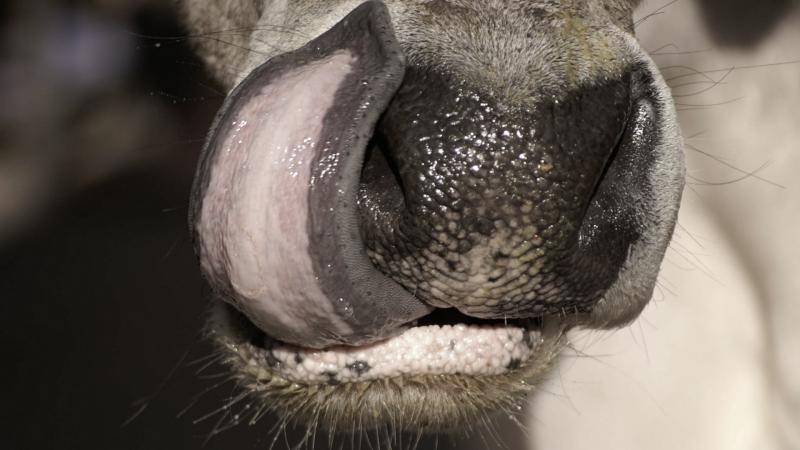
In a first comprehensive study, researchers from the Lala Lajpat Rai University of Veterinary Sciences and Animal Sciences and G. B. Pant University of Agriculture and Technology have explored the reasons behind the prevalence of Bluetongue Virus (BTV) in the state of Haryana. BTV is responsible for causing the bluetongue disease—a non-contagious, insect-borne, viral disease caused mainly in sheep and less frequently in cattle, goats, buffalo, deer and antelopes.
The bluetongue disease spreads through a small flying insect called midge. The disease causes the animals to develop a fever, along with excess salivation, swelling and cyanosis of the tongue. Cyanosis refers to the tongue appearing blue due to a lack of oxygen reaching the tongue’s tissue.
Although the disease causes mortality in sheep, it is usually not fatal to other cattle. Nevertheless, the recovery after the disease is contracted is slow and painful. This makes it important to understand how far the disease has spread within a population of cattle in a given area, as it affects their productivity.
To check for the prevalence of the virus, the researchers collected blood samples from 408 cattle and 395 buffalo from 80 different villages in 21 different districts of Haryana. They then separated the blood serum, which was then used in c-ELISA (Enzyme Linked Immunosorbent Assay) tests—an immunological technique that indicate if the virus is present in the serum.
The researchers found that the virus was present in 75.49% of the samples in cattle and 92.91% of the buffalo samples. In districts like Gurgaon and Rohtak, the virus was found in each of the cattle and buffalo sampled. Though previous studies have shown that the occurrence of the infection in cattle increases with the arrival of the monsoon, the researchers attribute the high prevalence in the state of Haryana to two main factors. First is the free movement of animals from neighbouring states for grazing, and the second being the increase in the number of adult midges (Culicoides oxystoma) during the monsoon.
The study provides some important data points that could help in containing the spread of the disease, against which there is no vaccine yet. Continuous monitoring of blood samples among cattle needs to be carried out to prevent future outbreaks, say the researchers. “Recent developments of inactivated or subunit vaccines may in the future help to control the disease in the state”, they add.





